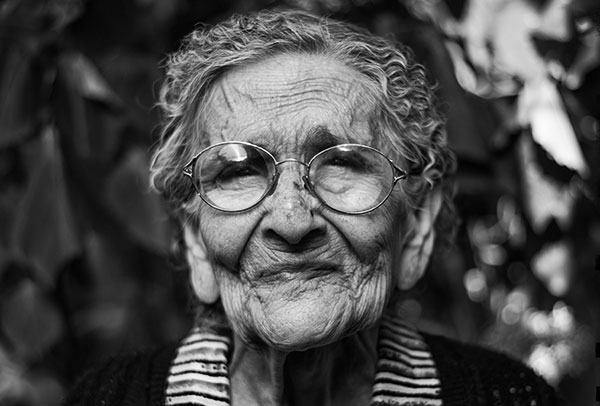
A famous proverb states: “May you live to be a one hundred and may I live to be 99”
The first time I heard that proverb I though “How wise and how true” because none of us wants to outlive those we love. Nobody wants to be “last”. However, someone is “the last” in most relations. This is especially true with married couples.
In our youth we fantasize about our adult life. For the majority we envision falling in love, getting married, having a family and enjoying retirement with our lifelong companion. We plan for a home purchase, children’s education and our retirement. We may include life insurance just “Incase” but we don’t think too much about what changes will occur eventually until we are actually faced with the reality of our spouse’s death. Whether our spouse dies suddenly or after an illness widows and widowers share many of the same experiences.
Initially there is a great deal of support from family, friends, Church groups, and service organizations. But after the first few weeks everyone returns to their “normal” life leaving the widow/widower facing a different “normal” and wondering how to go forward. Nothing really prepares us for the death of our spouse. There is no “quick fix”, no “secret formula”, no “special solution” that will suddenly or eventually make it be “alright”. There is just the:
- Intense, overwhelming emotional and physical pain
- The inability to concentrate
- The lack of the ability to eat, sleep or function
- The constant, deep sadness
- The questioning about what happened and whether it is worth going on alone
So what do we do when we are widowed? How do we go on with our lives? How do we find meaning, purpose even joy again after such a devastating loss?
First, we need to believe that it is possible to find enjoyment in life again but realize that it is a long process.
Second, we need to understand that grieving is both a natural and difficult process that takes time and energy.
Third, we need to define and accept a support system to help us with the grieving process.
None of these truisms are easy nor will we realize and accept them readily. However they are the cornerstones to re- building our lives.
How do we go about implementing these components in our lives?
One: Identify one person who will be there for the ”long haul”, that you trust and who is a good listener and advocate. This can be an adult child, sibling, friend, Church lay minister, counselor.
Two: Establish routines that are a close to your “regular” lifelong routines as possible for eating, sleeping, exercising and socializing. This might include Church attendance, especially if your faith brings you comfort and solace.
Three: Slow down your activities to the most important and necessary ones to keep your life functional. Be patient with yourself. Seek help with tasks that are overwhelming
Four: Make time each day for quiet reflection. This might include prayer, reflective readings, listening to music, journal writing, remembering your spouse in ways meaningful to you.
Five: Talk about your spouse and share memories with others
Six: Incorporate meaningful rituals with your family and friends that honor your spouse’s life on special occasions and everyday gatherings.
Seven: Visit your spouse’s grave/memorial site and place flowers or other appropriate items on the site
Eight: Attend a support group if you are comfortable with that type of assistance. The professionals who facilitate these groups can often assist you in re-defining your relationship with your spouse.
Nine: Educate yourself on the grieving process through reading materials, videos, workshops, etc. This will help you understand that your feelings and actions are normal.
Ten: Surround yourself with people who are supportive of you and your needs. Share activities with them that bring you pleasure and comfort.
Finally; Trust yourself. Make decisions that feel right to you. Listen to your “inner” voice. You are the only one who can define your life as you move forward.
Click Here for Article PDF

 Donate Today
Donate Today